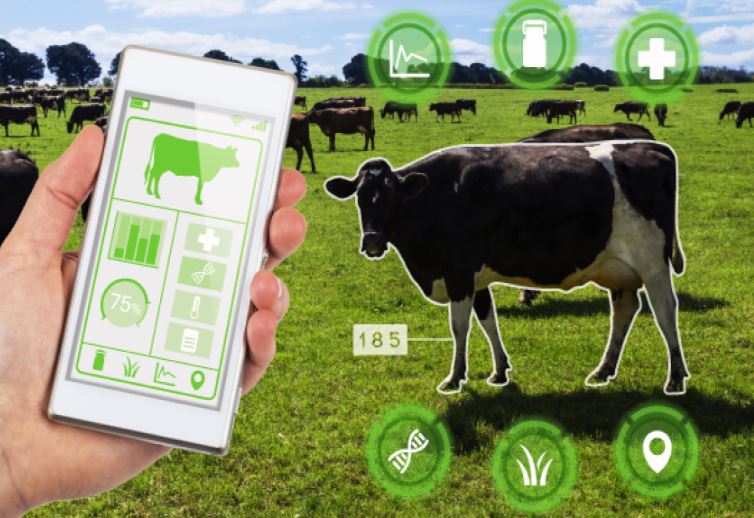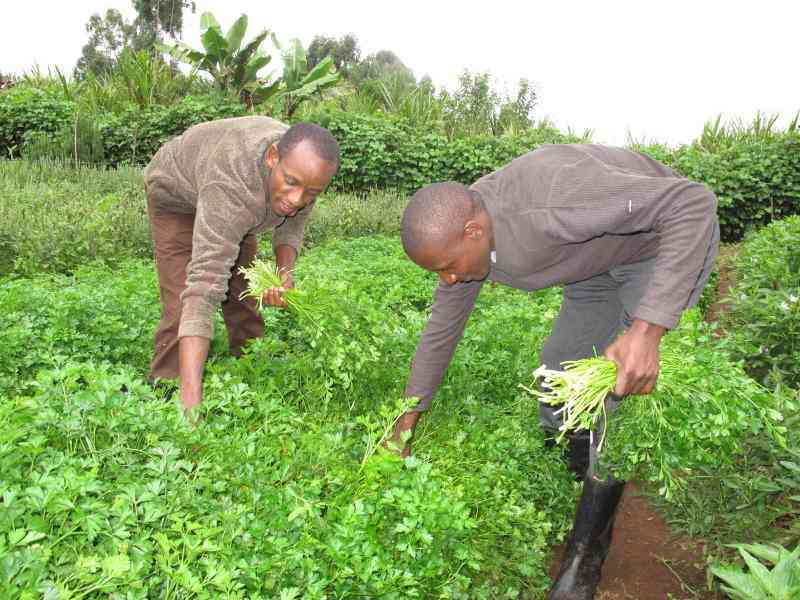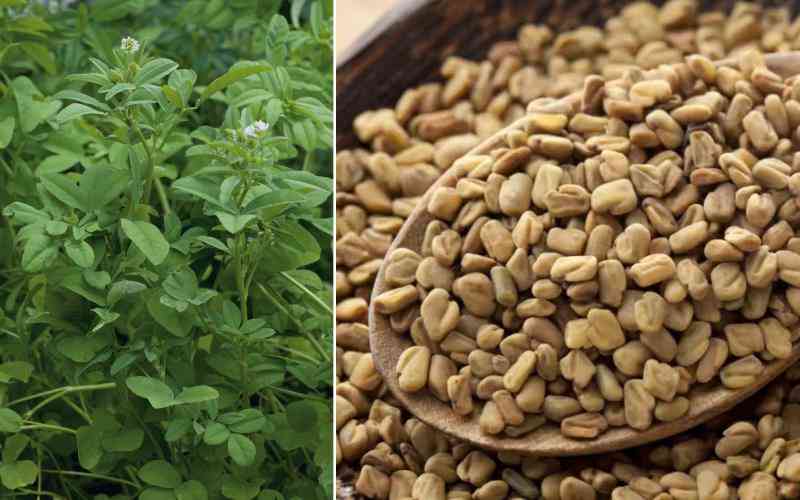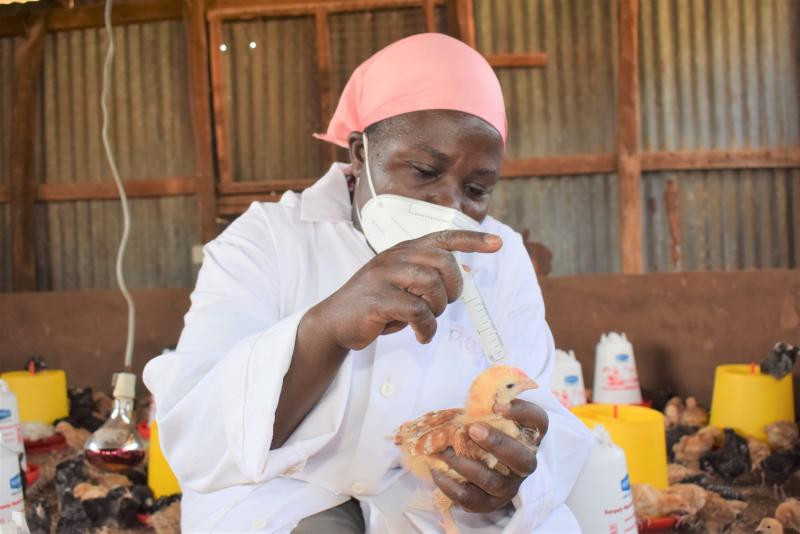For top notch breed, try computerised mating

Dairy farming has evolved greatly over the last few decades. Gone are days when farmers spent hours hand milking each cow one-by-one.
Advancements in technology have allowed dairy farmers to improve everyday quality of life within their herds. This week we look at some of the modern advancements in the dairy industry and how they are helping farmers enhance efficiency and ensure their herd’s health.
Advancements in milking
In advanced countries such as Canada, farmers use vacuum system to milk their cows. Vacuums are contained within individual milk machines in a parlour.
This system allows for multiple cows to be milked at a time. Milk machines are made of soft rubber or silicone, which ensures the comfort of cows during milking.
The vacuum within a milk machine gently pulsates on a cow’s teats, drawing milk from the udder. It takes between five and eight minutes to milk a cow using this system.
Automatic milking systems or “robots” are becoming increasingly popular. In a robotic parlour, cows can be milked at any time. Robotic arms attach a vacuum pump to the cow.
The cow’s health and milk production information are recorded and, upon completion of milking, the cow returns to the herd.
Herd health and cow comfort
Most dairy farms are now utilising advanced technology to maintain herd health and milk production. Farmers can now manage production and animal health with computers and cell phone apps.
Some farmers use pedometers to track the daily activities of each cow and can identify cows that may need a little extra help for instance a visit from a veterinarian to identify any sickness or a hoof trimmer to help with sore feet.
A cow’s favourite piece of tech? The cow brush. Many farmers have their barns equipped with swinging brushes that begin to move on contact with a cow. The brushes have been shown to improve the health and wellbeing of cattle by allowing for increased blood circulation.
Computerised mating programme
The first step is feeding into the system a set of data containing ideal qualities of the calf one wishes to get.
These include good body structure, appropriate foot angle, right feet and legs score to minimise attack by mastitis, and right udder attachment.
This information is then matched with the breeds that the firm has in its database. The system then picks the most ideal bull semen for the farmer, eliminating the probability of human error.
With this, a farmer has the power to decide the type of herd they want.
Milk guns for quality check
Dairy farmers keen to supply their milk to dairy cooperative companies for further processing can save themselves the embarrassments and other costs that come with milk rejection by the milk buyers due to several reasons including milk contaminations with germs and diseases using alcohol gun that detect any impurity in the milk and milk stability.
The alcohol milk testing gun is used on fresh milk to indicate whether it will coagulate on thermal processing.
Before use, ethanol which is sucked in the gun is standardised to 80 per cent with distilled water. For routine testing, 5 ml milk is mixed with 5 ml of ethanol solution. If the tested milk is of good quality, there will be no coagulation, clotting or precipitation. Presence of clots or flakes is an indication of poor quality milk.
Detecting disease on dairy Farms
There are now sensors that can detect the number of somatic cells in milk. These white blood cells increase in count as part of the animal’s immune response when a pathogen is present.
The worst by far is one called mastitis, a highly contagious infection that can damage a cow’s udder and must be treated using antibiotics.
Farmers used to have to run a culture, when results could take up to a week. But technology is winnowing that turnaround time down to hours, minutes, and even seconds.
A Canadian startup called EIO Diagnostics has taken in about Sh720, 000 million for a different type of technology for detecting mastitis.
The FirstLook Mastitis system uses a “multi-spectral sensor installed at the entrance of the milking parlor to capture an image of the udder as the animal enters. Data from those https://cdn.standardmedia.co.ke/images is processed through machine learning to identify early indicators of infection
Bottom line
As technology evolves, the dairy industry will continue evolving with it. The future of technology in the dairy industry echoes the trends of today: drones are used to scan fields, facial recognition software is being developed for animals, and cell phone apps are used to monitor herd health.
[email protected]
Want to get latest farming tips and videos?
Join Us
Share this article on social
 The Standard Group Plc is a multi-media organization
with investments in media platforms spanning newspaper print operations,
television, radio broadcasting, digital and online services. The Standard Group
is recognized as a leading multi-media house in Kenya with a key influence in
matters of national and international interest.
The Standard Group Plc is a multi-media organization
with investments in media platforms spanning newspaper print operations,
television, radio broadcasting, digital and online services. The Standard Group
is recognized as a leading multi-media house in Kenya with a key influence in
matters of national and international interest.
 The Standard Group Plc is a multi-media organization
with investments in media platforms spanning newspaper print operations,
television, radio broadcasting, digital and online services. The Standard Group
is recognized as a leading multi-media house in Kenya with a key influence in
matters of national and international interest.
The Standard Group Plc is a multi-media organization
with investments in media platforms spanning newspaper print operations,
television, radio broadcasting, digital and online services. The Standard Group
is recognized as a leading multi-media house in Kenya with a key influence in
matters of national and international interest.







